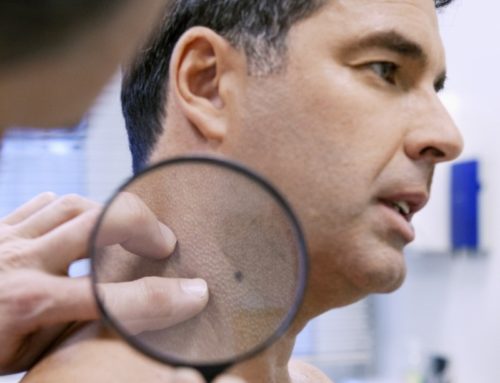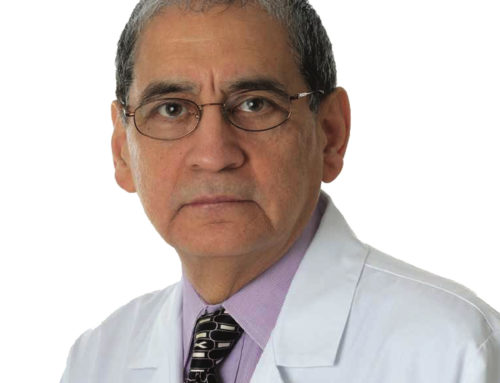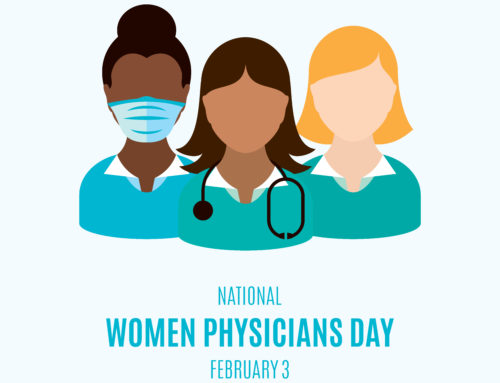March is Lymphedema Awareness Month. Lymphedema is a condition that causes swelling where lymphatic channels that drain back into the venous system are disrupted. The condition can happen anywhere in the body, and it can be associated with surgical treatment for melanoma and breast cancer, as this often involves surgery on lymph nodes. Beth Snell, MD, FACS, fellowship trained surgical oncologist who specializes in breast surgery, shares important information about lymphedema causes, treatment and prevention.
Q: What are the main types of lymphedema?
A: When the body's lymphatic system is damaged, it can't dispose of the fluid within this system– causing it to collect in various areas of the body that sometimes presents as swelling. Lymphedema can either be primary or secondary, which is sometimes called acquired.
Primary lymphedema is idiopathic, meaning we don't know the reason why it's occurred. Secondary lymphedema results from a surgery, infection or something that damages the way the lymphatic pathways are drained. Lymphedema can happen after any lymph node surgery, primarily due to breast cancer or melanoma.
Lymphedema can lead to a fullness, tightness or heaviness in the area affected – most commonly in the arms and legs, but also in the abdomen, chest, neck and genital areas. It might show up as clothing or jewelry that doesn't fit like normal, a new pain the arms or legs, or trouble moving your joints – like in your fingers, wrist, elbow or shoulder. In more extreme cases, it can cause thickening or other skin changes. If you notice any of these symptoms, talk to your doctor right away to keep the condition from getting worse.

Q: What problems can occur if lymphedema is left untreated?
A: Unfortunately, lymphedema doesn't get better on its own. Lymphedema causes the accumulation of stagnant fluid that leads to swelling, discomfort and pain, and people with the condition have an increased risk of infections and chronic pain. Many patients say their arm just aches and it feels like they have less mobility. The amount of swelling varies widely – some people say they sense a fullness or pressure. Others experience swelling in their arm or leg that can double it in size.
During surgery for breast cancer and melanoma, lymph nodes are often removed. Thankfully today, changes in the way we perform lymph node surgery have decreased the number of people who experience these side effects. A sentinel node biopsy is now the standard of care rather than a complete dissection (or removal of all the lymph nodes). In sentinel node biopsy, we remove a sample of the lymph nodes that could contain cancerous cells. If no cancer is detected, the lymph nodes are left in place, meaning a lesser likelihood of post-surgery swelling.
Q: How is lymphedema treated?
A: Because of the changes in how we treat breast cancer, less than 10% of patients develop symptoms of lymphedema. One way we address the condition is to plan for it before surgery – by sharing massage and mobility exercises that people can do before and after surgery and wrapping techniques that can keep swelling at bay in mild cases.
Individuals who have continued or more aggressive swelling are referred to a physical or occupational therapist with experience in treating lymphedema. Their treatment may include active range of motion, stretching and strengthening exercises, manual lymph drainage, low stretch bandaging and compression garments. We rely on these specialists to work with us to provide the highest level of care for patients. The most important thing to remember is to talk to your doctor if you experience any symptoms of lymphedema so that effective treatment can begin right away.








Leave A Comment